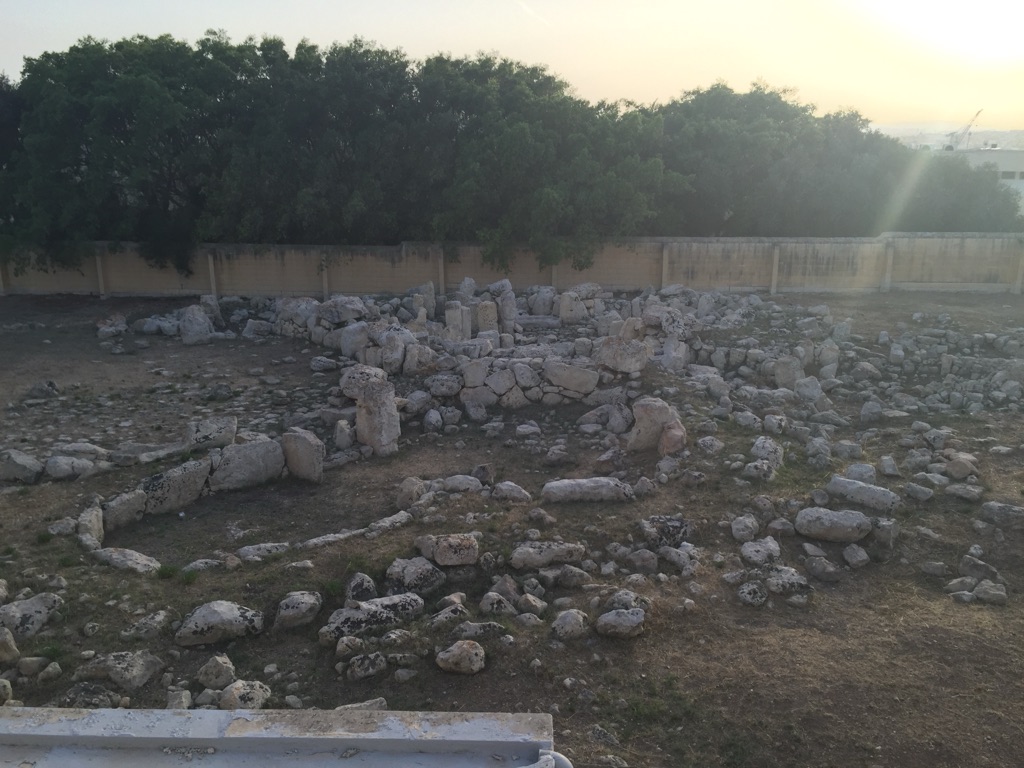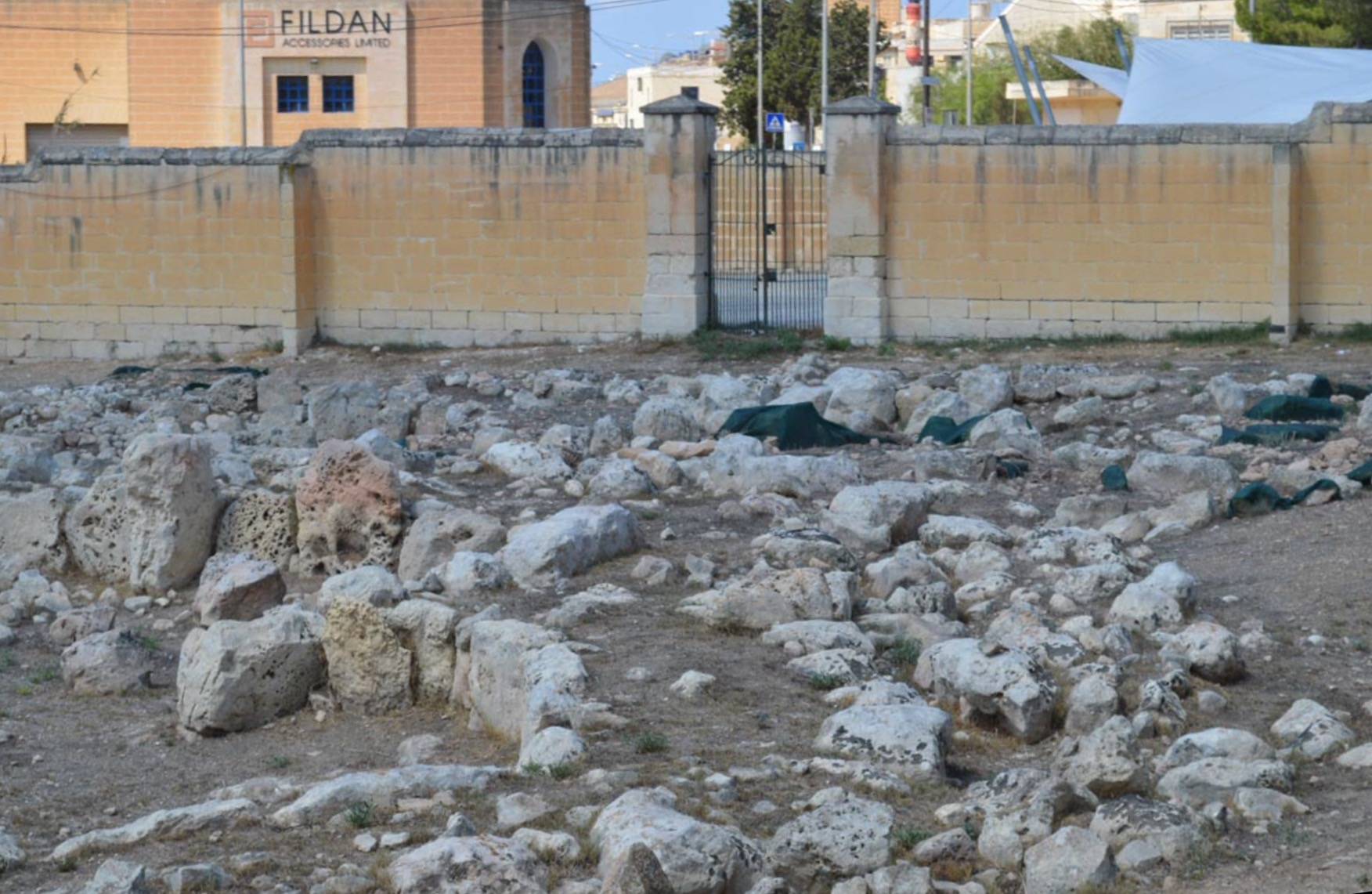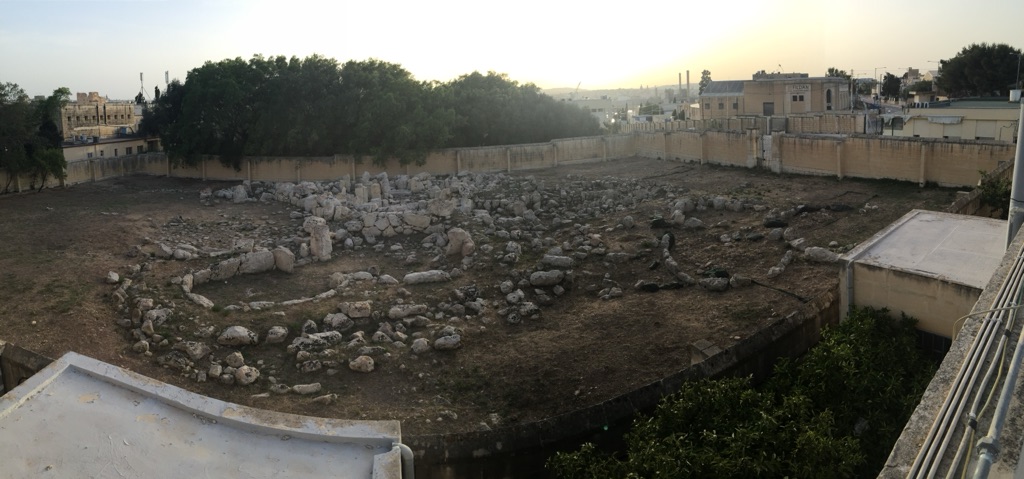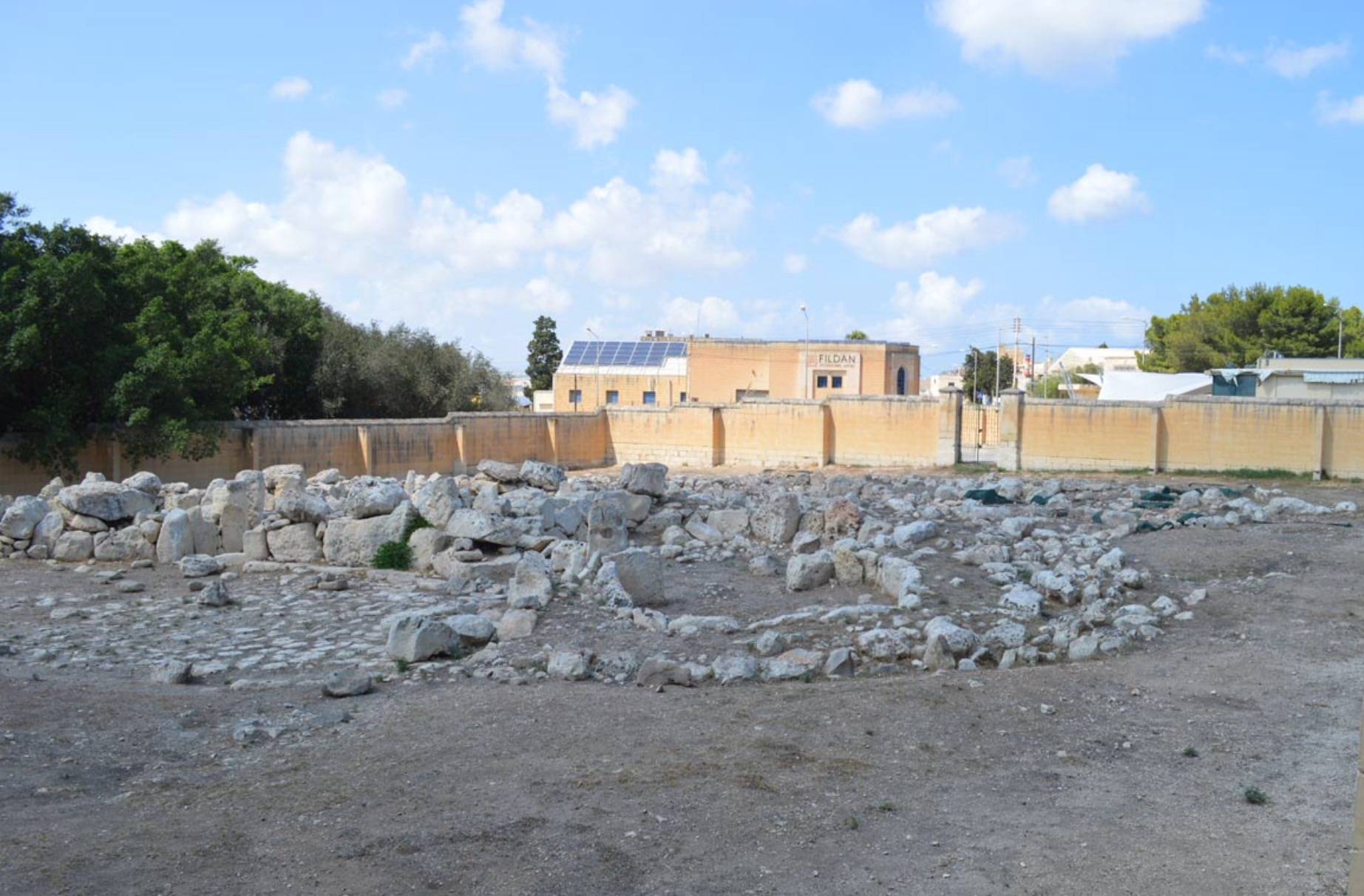The Kordin Temples: A Testament to Malta’s Prehistoric Civilization
The Kordin Temples, situated on the Corradino Heights in Paola, Malta, represent a significant chapter in the archipelago’s prehistoric period. These megalithic structures, once part of a larger complex, offer insight into the religious and daily lives of the island’s ancient inhabitants. This post delves into the history, excavation, and current state of the Kordin Temples, focusing on the surviving Kordin III site.
Get your dose of History via Email
Historical Overview
The area of the Kordin Temples has seen various inhabitants, from prehistoric settlers to Phoenicians, Greeks, and Romans. By the 17th century, the land was owned by Giovanni Francesco Abela, a notable figure who planned to leave his estate to the Jesuits. The Jesuits retained ownership until their expulsion in the 18th century by the Order of St. John. The first systematic excavations of the site were conducted under the auspices of Grand Master Manuel Pinto da Fonseca, with further significant work carried out by Sir Themistocles Zammit during the British colonial period.
Originally, the site comprised three temple complexes, of which only Kordin III remains today. The other two were destroyed, with Kordin I and II succumbing to industrial development and wartime damage.

Kordin III: The Last Standing Temple
Kordin III is the sole survivor among the original temple complexes. It is located just outside the Corradino Lines, near significant contemporary landmarks. The temple complex is characterized by its unique architectural features, including a standard 3-apse plan typical of the Ġgantija phase and a concave facade. The presence of stone paving in the forecourt is a distinctive element not found in other Maltese temples.
The construction of Kordin III is believed to have commenced around 3700 BC, with significant phases of use and redevelopment until its abandonment around 2500 BC. Among its notable features is a 2.75-metre-long trough with deep grooves, indicative of its use for grinding corn, highlighting the agricultural practices of the temple’s inhabitants.

Excavations and Conservation Efforts
The Kordin III site has undergone several phases of excavation and study, starting in the 1870s with Cesare Vassallo and continuing into the present day. Notable archaeologists, including Antonio Annetto Caruana, Thomas Ashby, and more recently, Caroline Malone, have contributed to our understanding of this site. Despite suffering damage during World War II, Kordin III has not been built over, allowing for ongoing archaeological investigation and conservation.
In 1925, a protective enclosure was constructed around the temple, and it has since been managed with the aim of preservation. The site, now under the stewardship of Heritage Malta, is accessible to the public by appointment, offering a glimpse into Malta’s prehistoric past.

Conclusion
The Kordin Temples, and Kordin III in particular, stand as a testament to the rich prehistoric heritage of Malta. Despite the loss of Kordin I and II, ongoing research and conservation efforts at Kordin III continue to enrich our understanding of the island’s ancient civilizations. These temples not only underscore the architectural ingenuity of Malta’s prehistoric inhabitants but also serve as a reminder of the importance of preserving such sites for future generations.
Sources:

